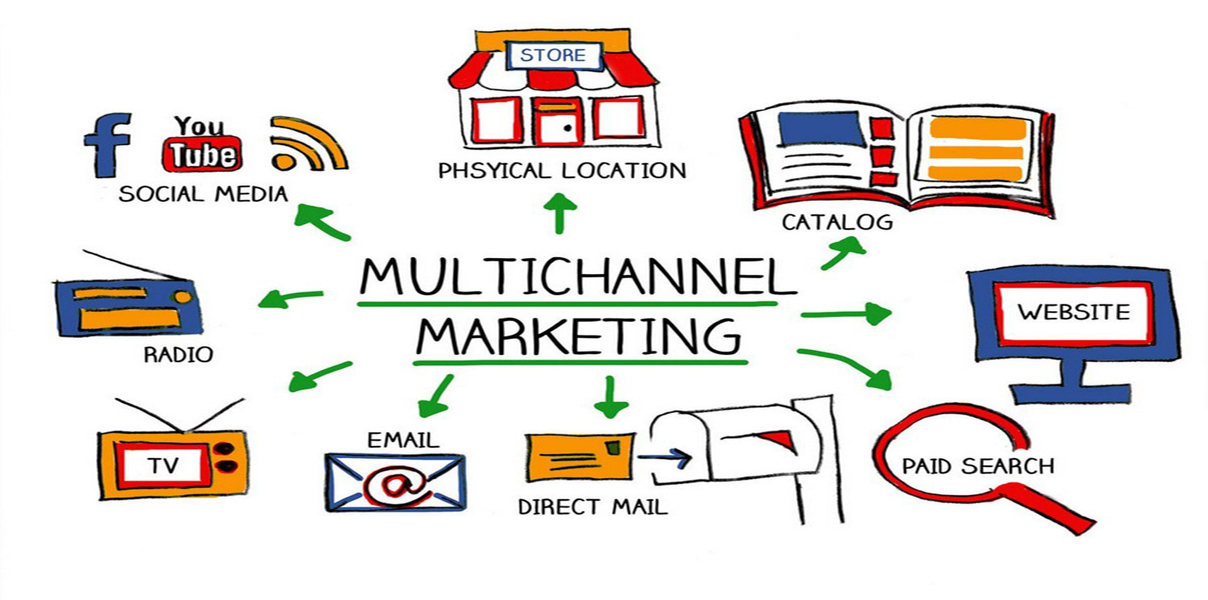Testimonials are a powerful tool for building trust, credibility, and social proof for your B2B brand. It also helps you generate more leads, conversions, and revenue from your multichannel marketing campaigns. But how can you use your budget effectively and efficiently for testimonials? Here are some tips to help you plan, create, and promote testimonials on different channels To do.
Define goals and metrics
Before you spend money on testimonials, you should have a clear idea of what you want to achieve and how you will measure your success. Do you want to increase brand awareness, increase leads, and strengthen customer loyalty? What key performance indicators (KPIs) show the impact of testimonials? For example, website traffic, social media Track engagement, email open rates, click-through rates, sales, and more. Specific, measurable goals and metrics help align your budget with your desired results.
Choose your testimonial format and channel
The next step is to decide on the format and channel you will use to present your customer testimonials. There are many options to choose from, including video, audio, text, case studies, reviews, quotes, social media posts, and more. Each format and channel has its own strengths and weaknesses, depending on your purpose, audience, and budget. For example, video testimonials are more engaging and persuasive, but they can also be expensive and time-consuming to create. Text testimonials are easier and cheaper to write, but they can also be less impactful and trustworthy. You must weigh the costs and benefits of each option and choose the one that fits your strategy and resources.
Allocate budget according to priorities
Once you’ve chosen your testimonial format and channel, you’ll need to allocate a budget based on your priorities. You need to consider the cost of planning, producing, and promoting testimonials, as well as the expected return on investment (ROI) for each channel. For example, you can allocate more budget to video introductions if you want to reach a larger audience on social media or YouTube, or case studies if you want to target specific prospects or industries. If you want to increase your organic reach and visibility, you can also allocate more budget to paid advertising and influencer marketing. You need to balance the quality and quantity of your budget, as well as short-term and long-term results.
Test and optimize your testimonials campaign
The final step is to test and optimize your testimonials campaign based on your goals and metrics. You need to monitor and analyze the performance of your testimonials across different channels to see what works and what doesn’t. You should identify best practices and areas for improvement in testimonial content, design, delivery, and targeting. You should try different variables such as: B. The length, tone, message, format, channel, or target group of your voice.
To maximize ROI and effectiveness, you need to use data and feedback to make decisions and adjustments. Testimonials are a valuable asset for B2B marketing campaigns, but they require careful planning and budgeting. By following these tips, you can intelligently and effectively allocate your budget for testimonials to help you achieve your marketing goals.








